
Is Global Remote Work Becoming a Brand’s Most Valuable Advantage?
Global remote and hybrid work models are transforming from simple HR preferences into powerful brand-building strategies. As teams gain the flexibility to work from anywhere in the world, companies unlock access to global talent, richer creativity, and stronger internal culture. Research shows that new environments, autonomy, and cultural experiences activate novelty pathways in the brain—boosting creativity, problem-solving, and strategic thinking.
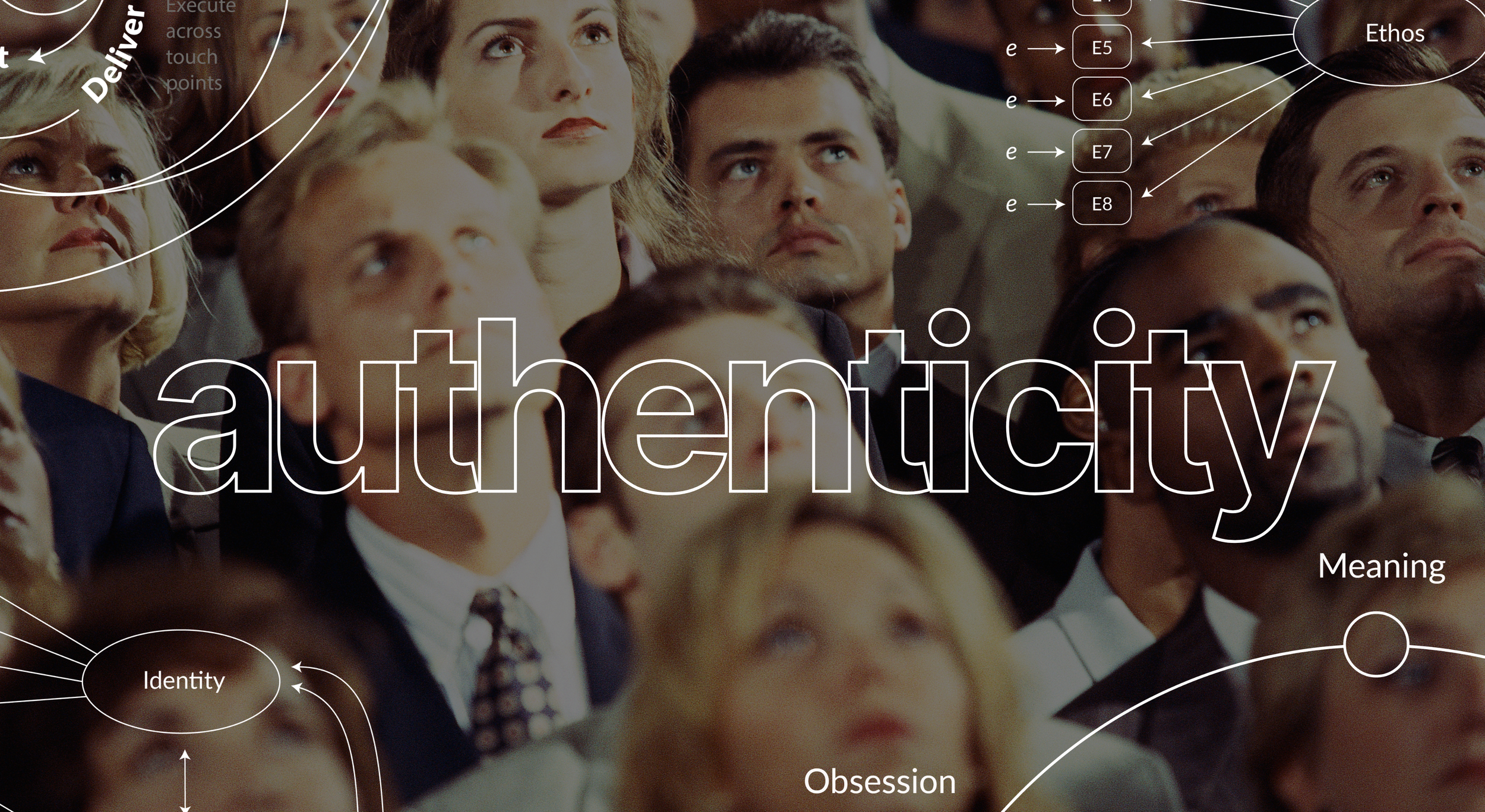
When Brands Become Human: Why Authenticity Is Your Brand’s Most Valuable Asset
Let’s be real … in a world oversaturated with perfectly curated marketing and AI-generated everything, people are craving something that feels human. But what does that mean, really? What does it mean to be human as a brand?
That’s exactly what inspired my dissertation study into brand authenticity, a research project designed to understand what makes brands feel truly authentic, how we can measure that authenticity, and why it matters so much to audiences, especially in industries like health and wellness, where credibility and trust are foundational.
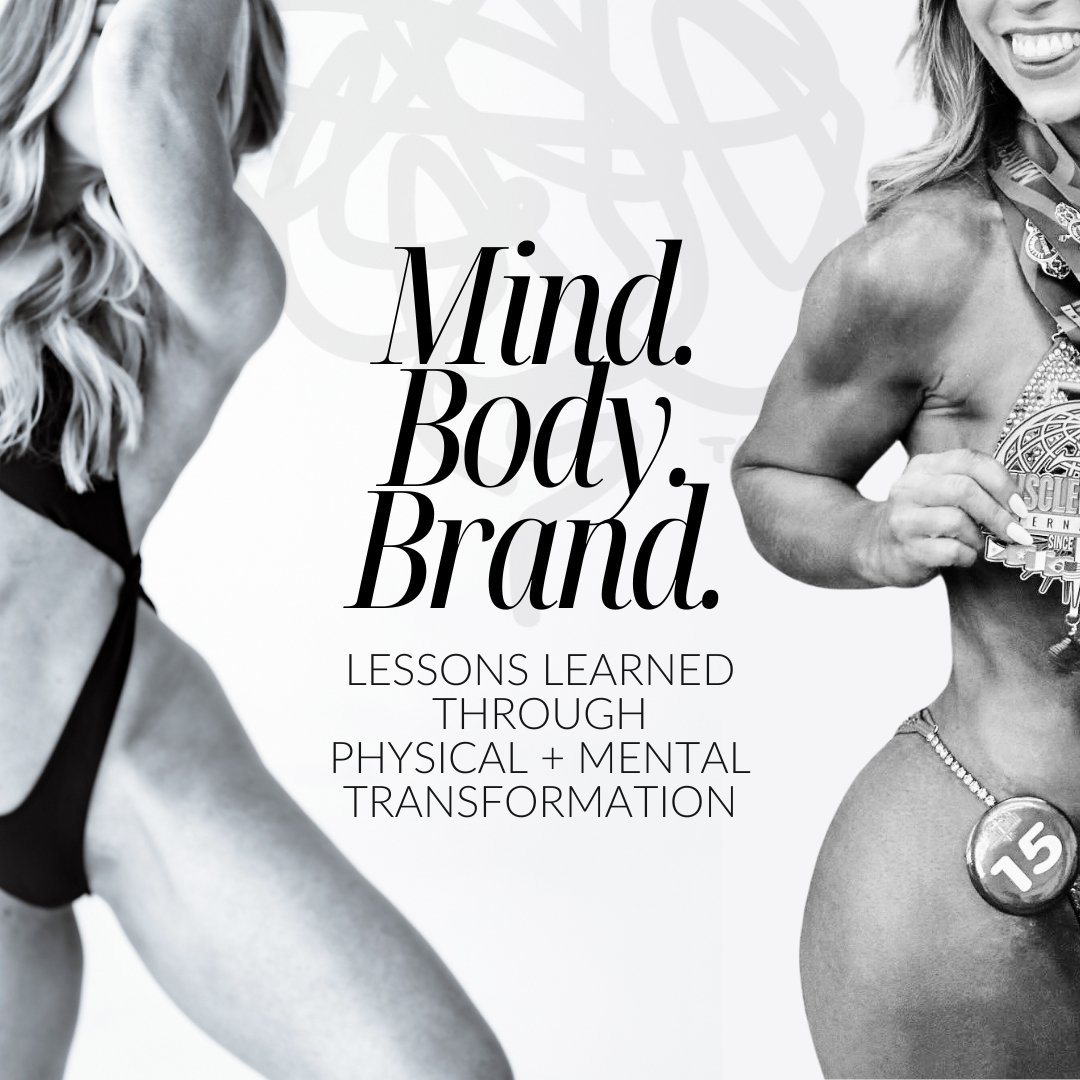
Mind. Body. Brand: Lessons Learned Through Physical and Mental Transformation
When we set our focus on something, whether it’s considered a personal or professional goal, it becomes personal to each of us. We take ownership of that goal until we achieve it, for ourselves, the teams we’re a part of, or the people/clients/customers we serve. There’s a depth to each goal, an extreme, that at the time may seem unattainable (like having a medal placed around your neck on stage). Truth is nothing is unattainable, it’s simply a sliding scale of what you classify as achievement. How far you want to push yourself, your business, to be the best version possible while maintaining life balance. That’s success, that’s finding happiness, that’s living in alignment with your purpose. No one else's, yours. When you own and take responsibility for progress, everything changes.

3 Ways Brand Influence is Changing Marketing
Branding and marketing have long been intertwined. Often interchangeable and sorely misunderstood, branding is about the feeling you create within your audience's mind and the strategy you build to support that feeling, whereas marketing is how you grow that feeling through tactics and measurable outcomes. The brand is the show and marketing is the promoter. They coexist to support each other but they are not the same.

Brand Science: Why we fall in love with certain brands
Oxytocin, often referred to as the “love or bonding hormone,” is a major player in social bonding, trust building, and encouraging emotional connection between people. This connection-inducing neurochemical is released during positive social and pro-social interactions, increasing our ability to feel close, be kind and supportive to others, and make a particular event more memorable and meaningful. Oxytocin influences our social behaviors and empathy toward others, making it a crucial element in both building and maintaining meaningful relationships. Whether these relationships are with other individuals, personal or professional, or brands, Oxytocin is responsible for bringing people together and interpreting meaningful experiences for us on a fundamental level.

Brand Science: How we learn and create memories through brand experiences
Part two of this series is all about neuroplasticity and how our brains allow us to change in response to experiences, new learning events, and environmental influences. Strong emotions like fear, surprise, and joy, can make an experience more impressionable, giving brands an opportunity to impact how others interact with and engage in memory recall after those events. If the experience is repeated enough, the neural pathway forms and commits the pattern to long-term memory, making consistency the number one factor in the reinforcement of learning during experiences. What this tells us is that brands have to set and continue to match the expectations of their audiences in order to make an impression that lasts.

Brand Science: How we tie pleasure, rewards, and our mood to brand experiences
The key factor here is if we understand what makes us (and our audiences) happy, we can create brand experiences that match, creating a scientifically backed association between what we do and positive pleasure and reward feelings in others. While this may seem like an effort to manipulate market interest, it’s actually in support of learning how to create wildly entertaining, engaging, and memorable brand experiences that others enjoy. When you focus on creating a great experience, the less you have to worry about selling or explaining what you do; the experience sells itself and you end up with happier people and a loyal following.
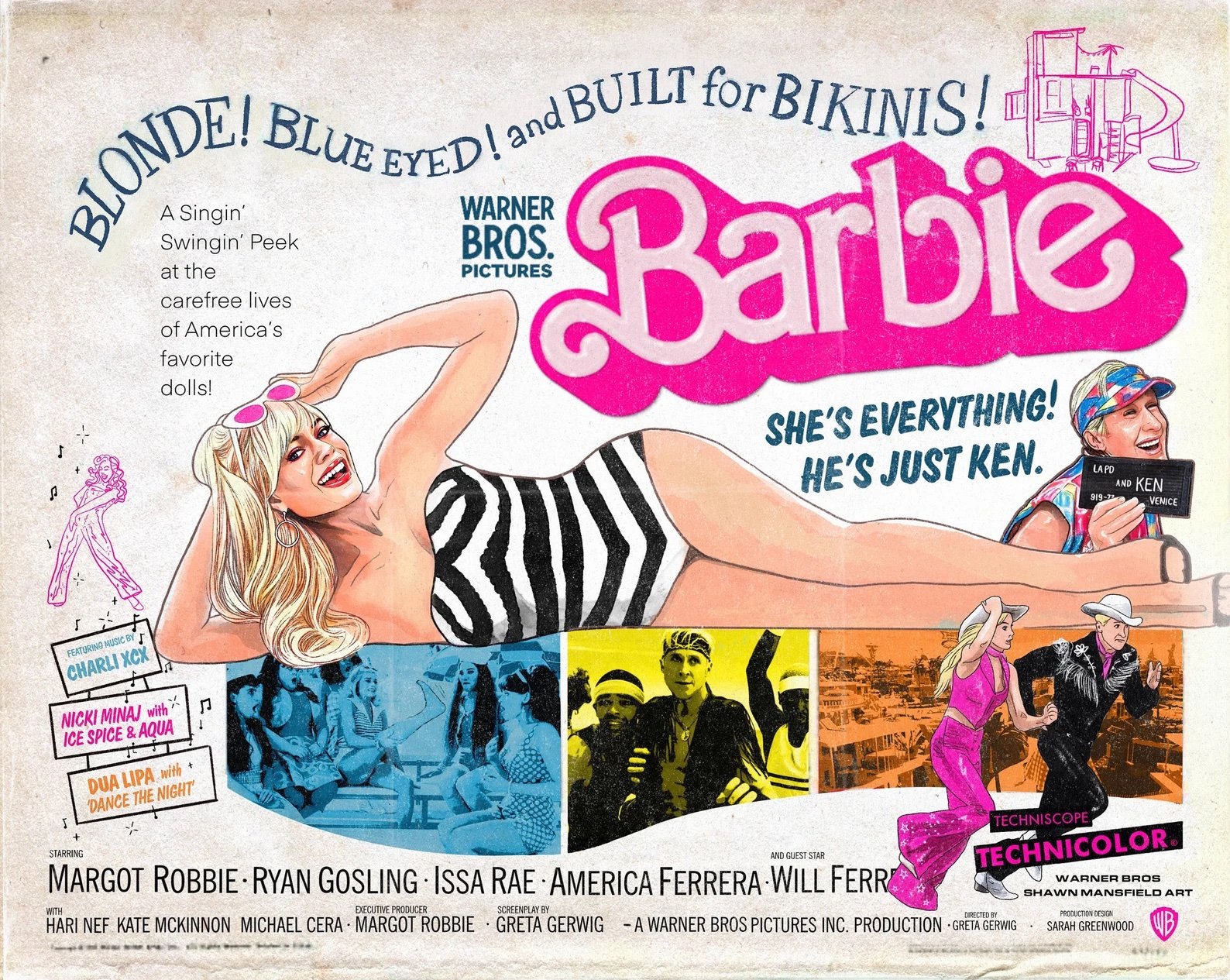
Barbie: Bringing to Life a Brand Icon
Barbie truly is one of the most recognizable and personified brands ever created with a legacy that continues with each new wave of young girls drawn to her ideal image. As long as little girls everywhere continue to play pretend and imagine their pink dreamy worlds, Barbie will live on. In fact, I love to watch my nieces play with the new and improved Barbies of today, all their accessories, new career paths, and creative backstories. Barbie (and Mattel®️) knew how to create a toy that was accessible and admirable to little girls everywhere. Barbie gives them something to project their dreams and aspirations onto in a way that makes them feel like anything is possible.

Travel to Create Yourself: Branding Lessons Learned Around the World
My time traveling taught me so much about the world, myself, the way that I fit into the world. It’s often difficult to truly put it into words. Throughout my trips, I’ve collected these thoughts in a note on my phone titled “Life advice / wisdom I’ve accumulated” no seriously, that is what it's called – a little presumptuous but also quite true if I do say so myself. These ideas are applicable to travel and life in general, but also deeply rooted in the foundation of building and refining successful brands.
Whether it’s your personal brand and journey or a shared vision maintained through many, brands are rooted in exploration and connection best learned from true experiences.
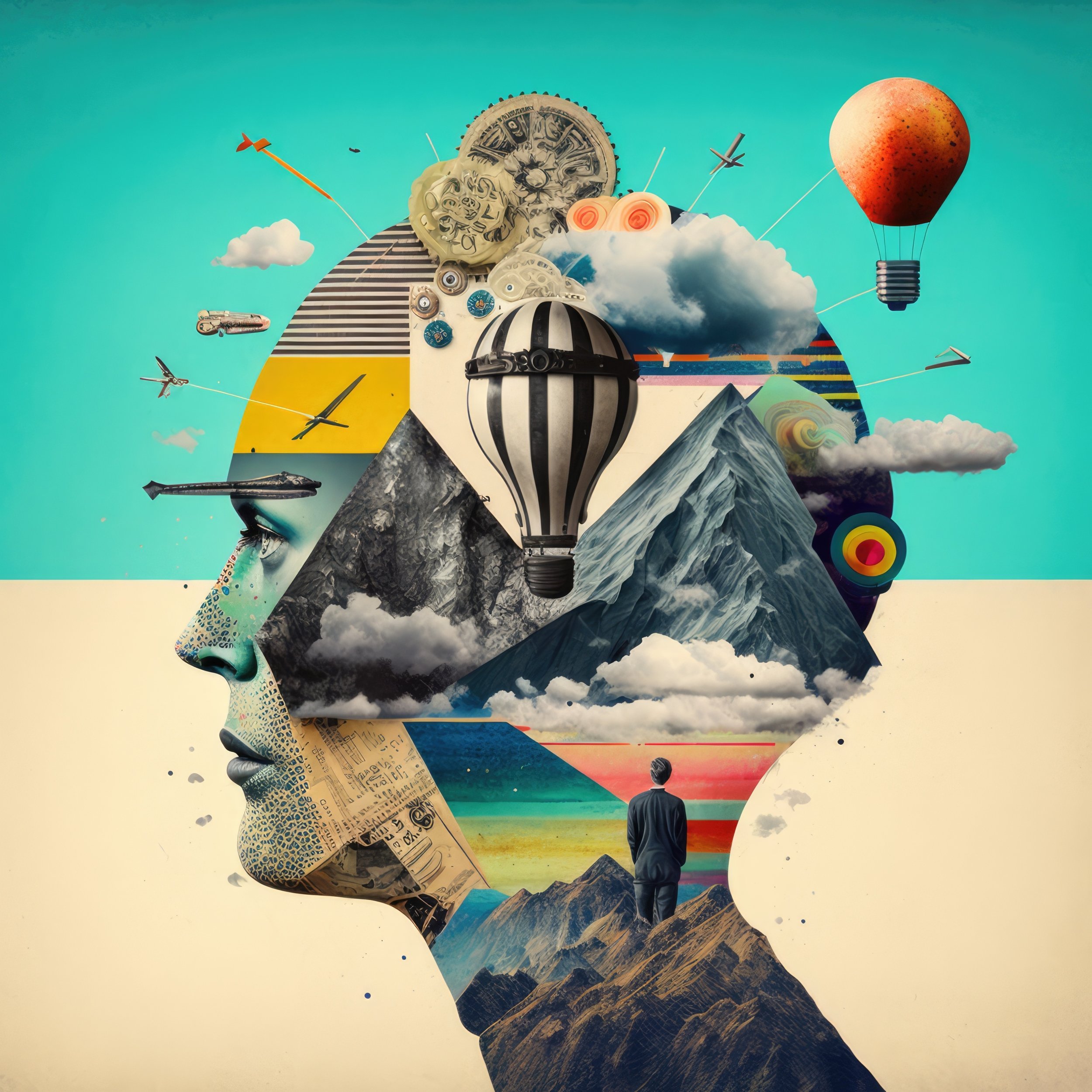
The Difference Between AI & Design Thinking
Traditional design thinking is the ability to discover, define, simplify and humanize complex problems for the better. This divergent and convergent way of thinking allows us to interpret and define problems through observation and exploration, so that we may shape them into better outcomes. While identifying a problem can be the “easy” part, it’s what follows that makes design thinking a uniquely human skill. Our ability to develop and deliver a slew of possible solutions, while simultaneously processing and testing through empathy and intuition, is unique in the world. This innovative method of thinking thrives on our relationships with each other and the problems we experience, relying less on knowledge and analysis and more about how well we intuit the problem to drive a better experience.

Do Aliens Think and Act Like Us?
If I’m being honest, I never really understood the modern concept of “fitting in.” Sure we all want to belong somewhere, be liked by others, etc., but that should never be at the cost of being and thinking for ourselves.
We offer so much more to each other when we think and act outside of a hive mentality. Despite our behavioral efforts, our brains are simply wired differently. We are given the opportunity to interpret life, frame ideas, and explore our unique place in the world all from the lens of our own experiences. That's pretty freakin' cool. However, we are constantly wrestling with the balance between individuality and conformity. Why do we feel the need to fit in (and be accepted) at a seemingly fundamental level?
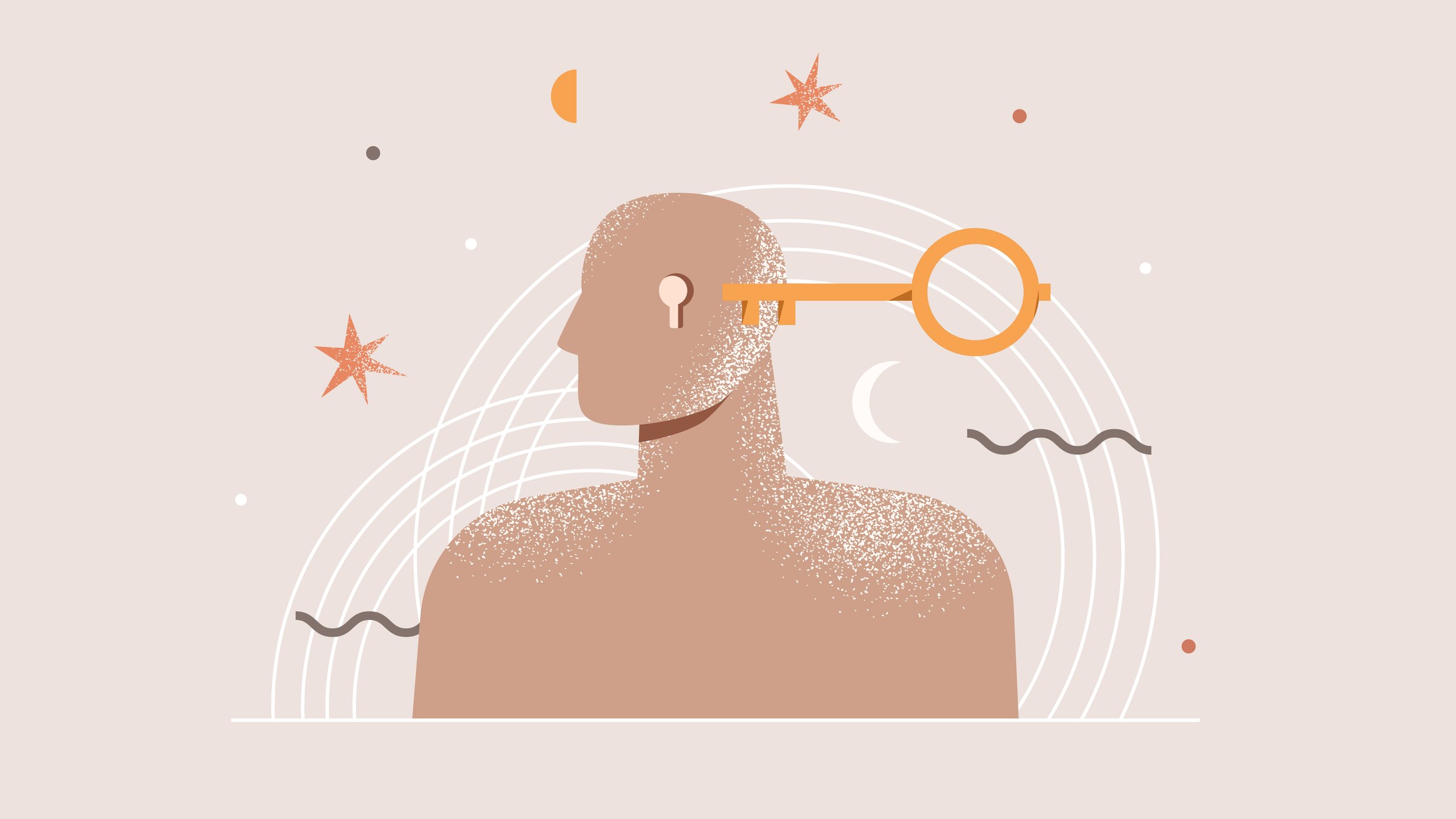
Why Human Connection Is at The Core of Compelling Brand Content
While we may be spending insane amounts of time in “content creation/consumption land”, we are highly selective, guarded even, of anything that feels sales-y or not relatable. As these numbers continue to grow, the need for purpose-driven, relevant and valuable content will follow, narrowing our margins for error even more. How do we connect, like truly bond, with our communities and what does that even mean? Well, we likely know how to bond with people, right? Taking inventory of your personal and professional life, there are certain people’s voices that speak louder than others. What is it about them that resonates with you at a core level? Is it their values, are they inspirational in some way, do they make you laugh and brighten your day, are you constantly learning from them? The answers to these reflect your level of connection, the investment you’re willing to make in time and attention, and the depth of care you have for who they are and what they mean to you in your life.
